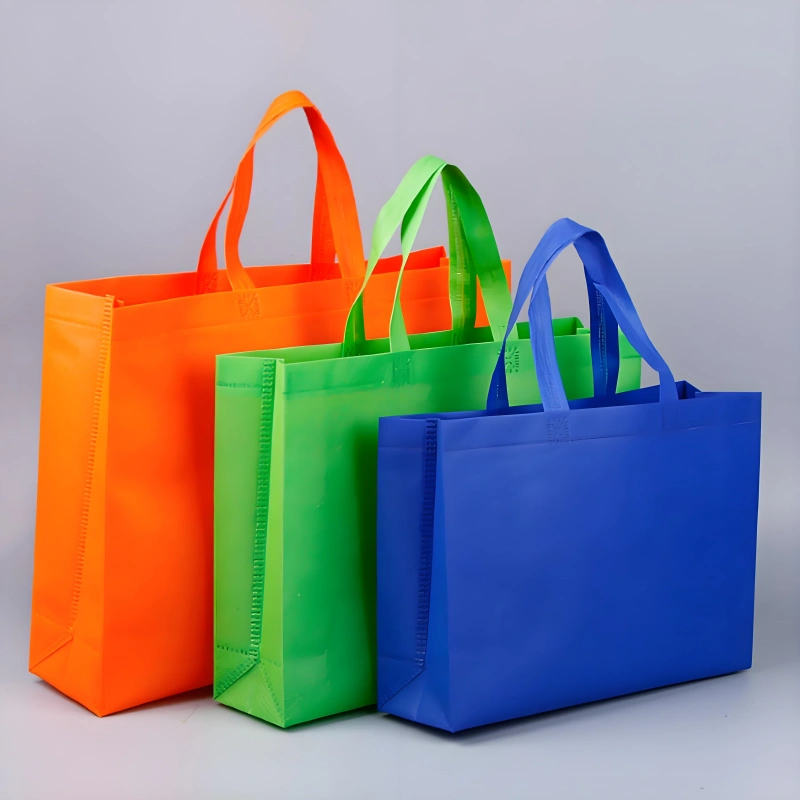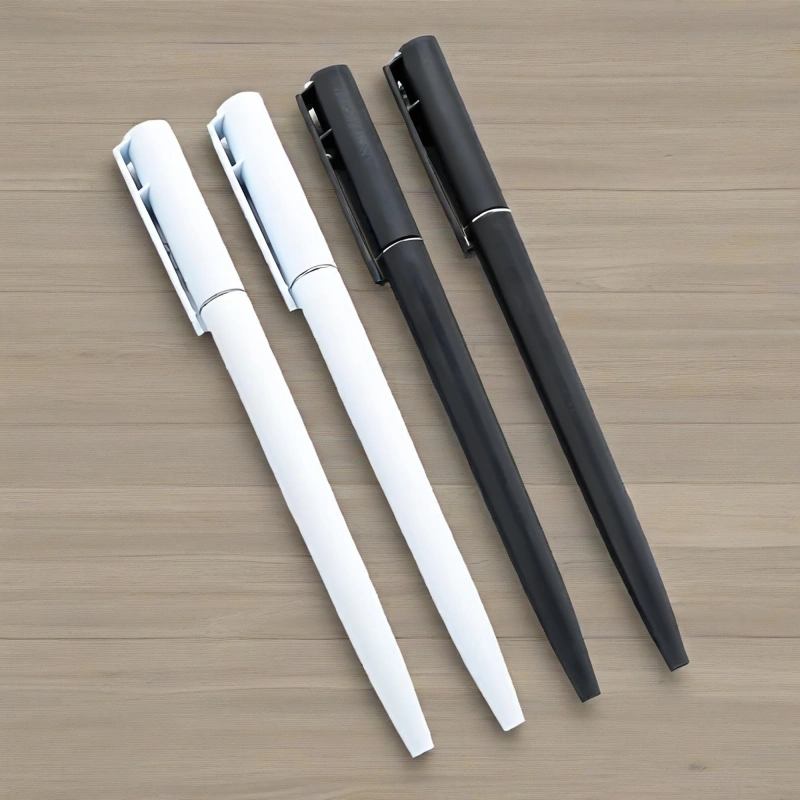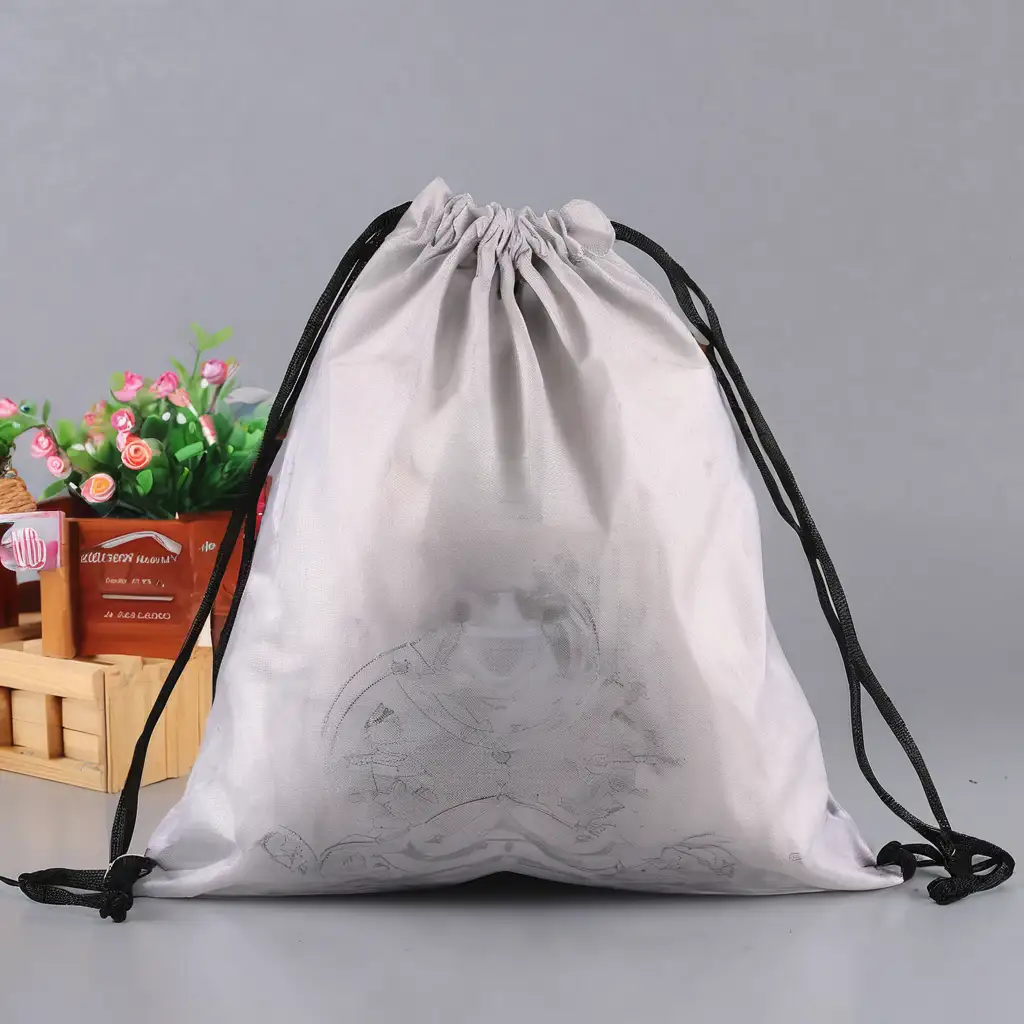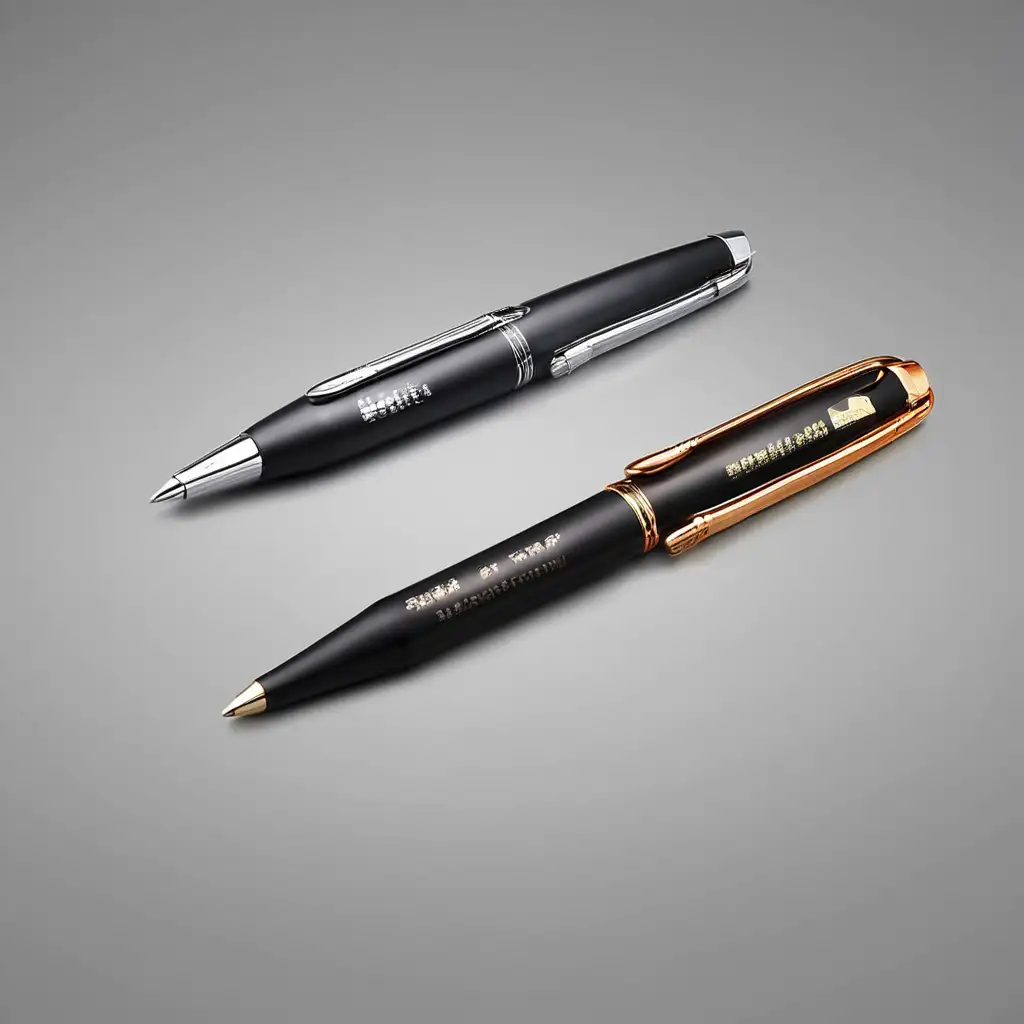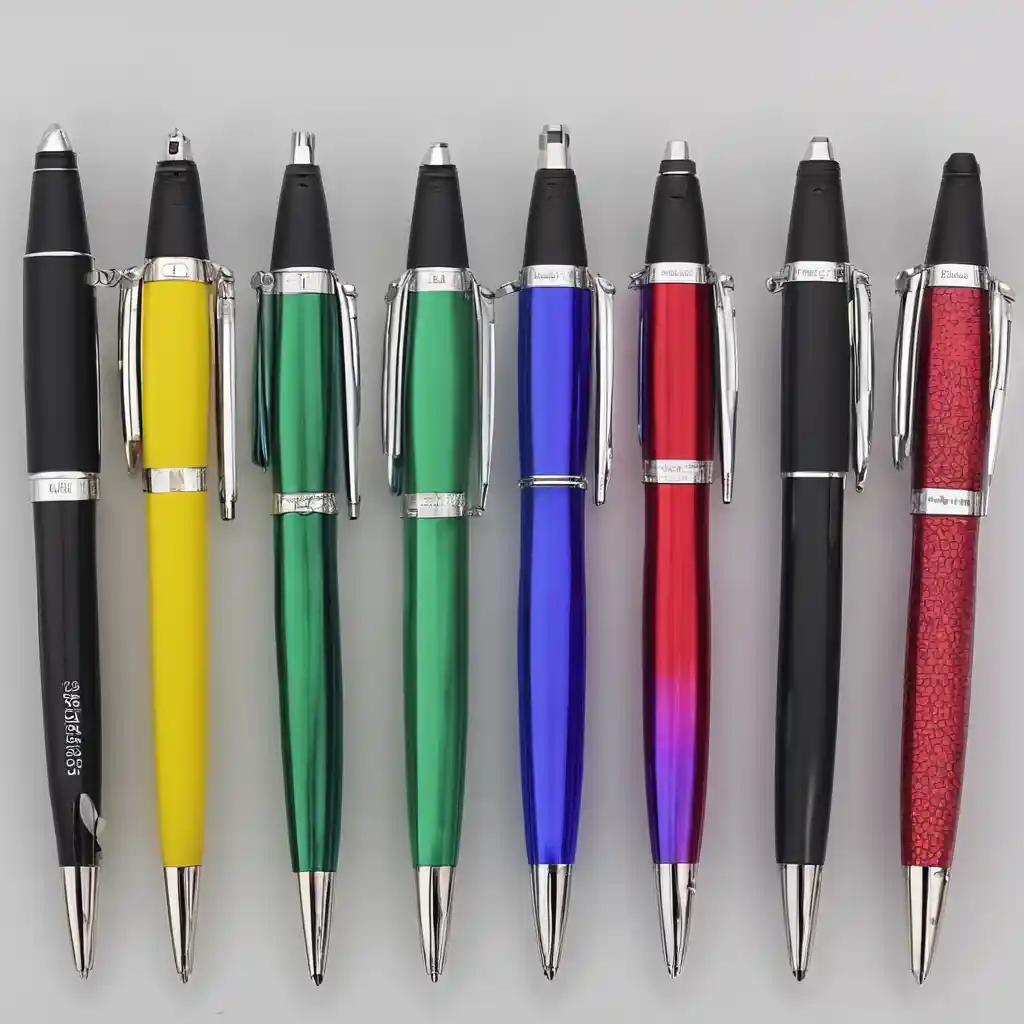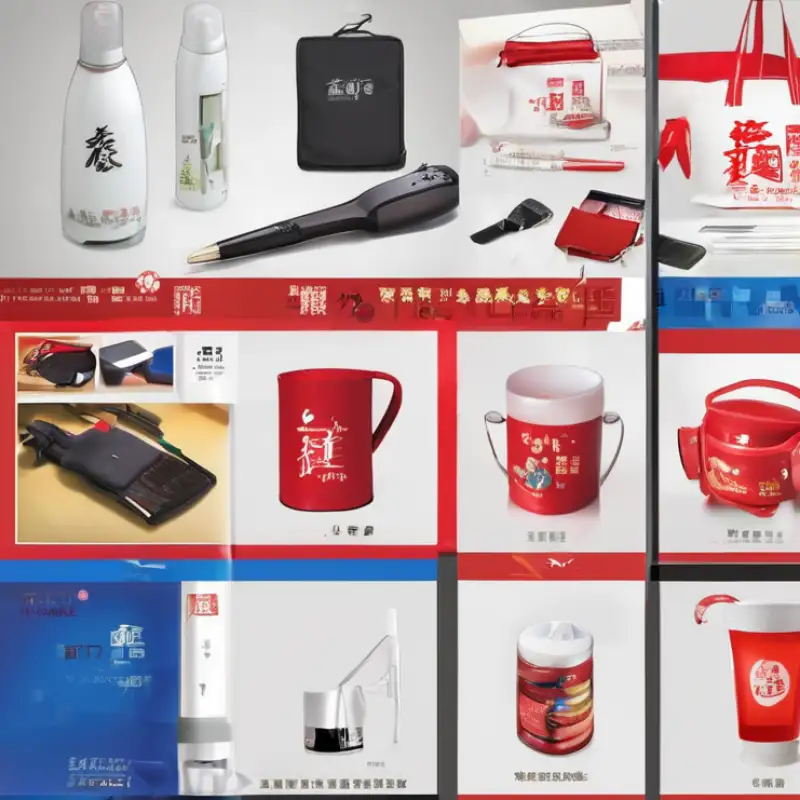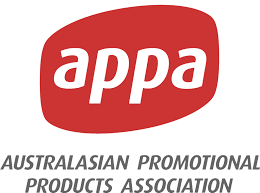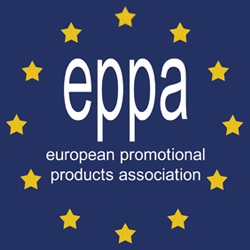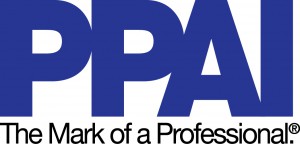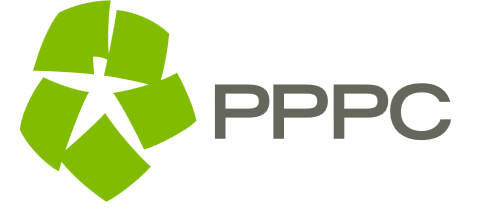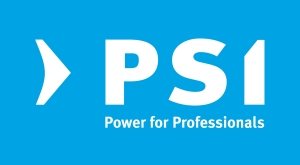Introduction: Market Trends and Importance
The global demand for sustainable products is growing at an unprecedented rate. With governments banning single-use plastics (e.g., the EU’s Single-Use Plastics Directive), businesses and consumers are turning to eco-friendly alternatives. Custom non-woven tote bags have emerged as a cornerstone of this green revolution due to their durability, reusability, and environmental benefits.
Market Size: The global non-woven bag market reached $4.8 billion in 2023, projected to grow at a 7.1% CAGR through 2030 (Grand View Research).
Consumer Preferences: 68% of consumers are willing to pay a premium for eco-friendly products, while 73% of businesses view sustainable packaging as a key differentiator (NielsenIQ, 2023).
Policy Drivers: 127 countries have implemented single-use plastic bans, driving demand for reusable solutions (United Nations Environment Programme).
These statistics highlight that custom non-woven tote bags are not just commercial tools but strategic choices for businesses to align with social responsibility and attract eco-conscious consumers.
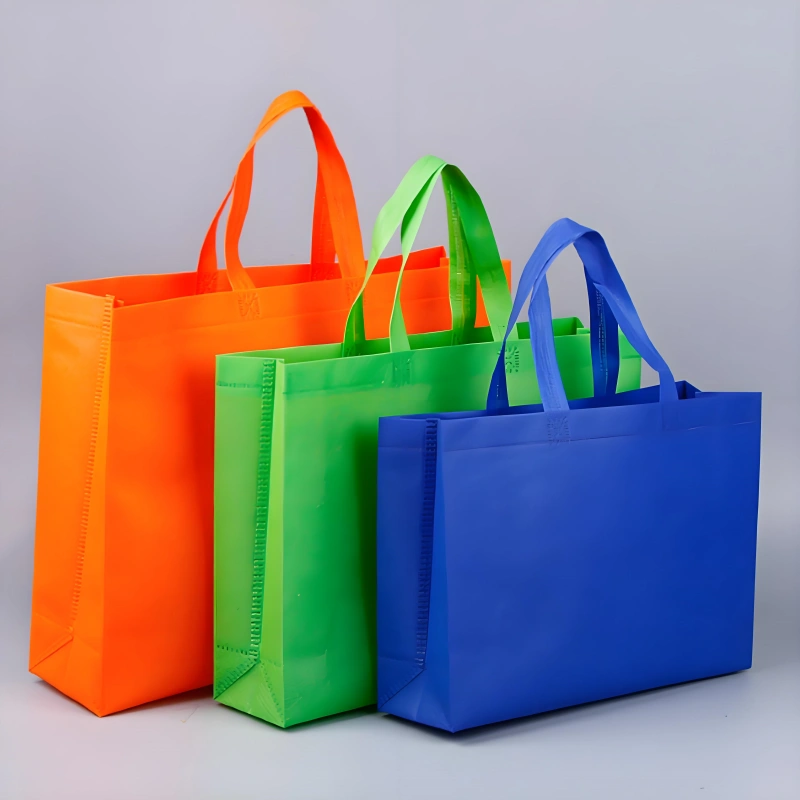
Market Size, Growth Projections, and Consumer Behavior
Market Growth
Global Production: Over 12 million tons of non-woven fabric were produced in 2023, with totes accounting for 22% of applications (Grand View Research).
Regional Demand: Asia-Pacific leads with 42% of global market share, followed by North America and Europe (Statista, 2024).
Cost Efficiency: Each tote costs 0.30–1.50 to produce, lasts 5+ years, and replaces 1,000+ single-use plastic bags (EPA).
Consumer Insights
Motivations: 55% of consumers choose brands based on eco-friendly commitments (Forrester).
Design Preferences: Simple designs (40%), neutral colors (35%), and functional features (e.g., reinforced handles) dominate preferences (Influencer Marketing Hub).
Design and Customization: Balancing Function and Aesthetics
1. Functional Design
Size and Capacity: 13x15 inches is ideal for groceries, books, and daily use (Packlane, 2023).
Durability: Reinforced stitching reduces return rates by 25% (Trade Show News).
Printing Techniques: Dye-sublimation or screen printing ensures fade-resistant, long-lasting designs (Eco-Packaging Alliance).
2. Color and Brand Consistency
Color Psychology: Green (+18% eco-association), blue (+23% trust), and earth tones (+30% luxury appeal) resonate best (Adobe Color Trends).
Branding: Use embroidery or debossing for logos to avoid clutter while maintaining visual simplicity.
3. Call-to-Action (CTA) Integration
Add concise slogans (e.g., “Join the Zero-Waste Movement”) with QR codes linking to sustainability pages.
Case Study: A fashion brand saw a 22% conversion boost after embedding QR codes for clothing recycling programs (Social Media Today).
425137.webp)
Industry Applications: Versatile Eco-Solutions
1. Retail and E-commerce
Grocery Stores: Totes cut single-use plastic use by 80% (WRAP UK).
E-commerce Brands: Including free totes boosts repeat purchases by 18% (Baymard Institute).
2. Nonprofits and Activism
Fundraising: Totes with slogans like “Save the Bees” raise 5–10 per unit (Charity Navigator).
Events: Festival-issued totes generate 500K+ social media impressions (Eventbrite).
3. Corporate Gifting and B2B Partnerships
Brand Trust: 72% of businesses prioritize suppliers with eco-friendly packaging (Forrester).
Employee Engagement: Totes as employee rewards enhance brand loyalty (Harvard Business Review).
Case Study: How an Eco-Cafe Achieved Brand Breakthrough
Background: A Los Angeles café faced intense competition and adopted sustainability as its core differentiator.
Strategy:
Launched a “Buy One, Get One Free” campaign: Customers received a tote featuring local artist-designed eco-illustrations.
Added QR codes linking to a carbon-neutral pledge video.
Partnered with farms to include seed paper tags for herb gardening.
Results:
120% increase in foot traffic and 400% more social media mentions in 3 months.
80% of customers cited the tote as a reason to return (Owner Interview).
Common Pitfalls: Mistakes to Avoid
Prioritizing Cost Over Quality: Cheap bags damage brand reputation.
Ignoring Practicality: Overly complex designs lead to abandonment.
Lack of Differentiation: Generic designs fail to build emotional connections.
Future Trends: Innovation and Sustainability
Biodegradable Materials: Algae-based non-woven fabrics decompose in marine environments (MIT Research).
Smart Tags: NFC-enabled chips provide brand stories or discounts via touch (MarketResearch.com).
Circular Economy: Brands like Patagonia offer “trade-in” programs to refurbish old totes (Ellen MacArthur Foundation).
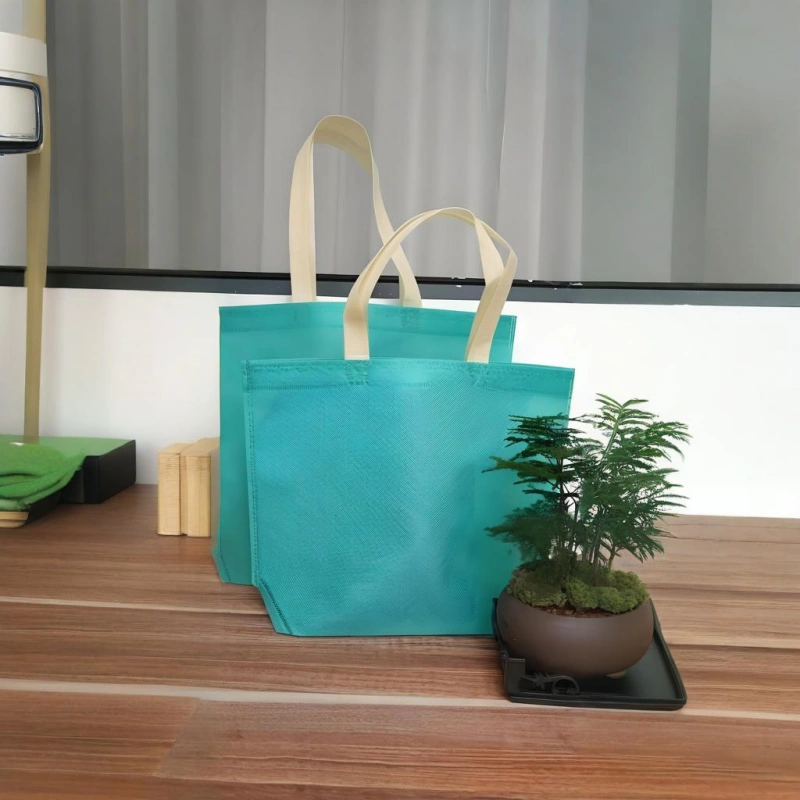
Conclusion: Call to Action
Custom non-woven tote bags are more than eco-friendly tools—they’re bridges between brands and conscious consumers. Through data-driven design, targeted applications, and continuous innovation, businesses can lead the green economy.
Act Now:
Assess your brand’s needs and select durable, aesthetically pleasing designs.
Integrate totes into loyalty programs or packaging strategies.
Share your sustainability journey to join the global eco-movement.
